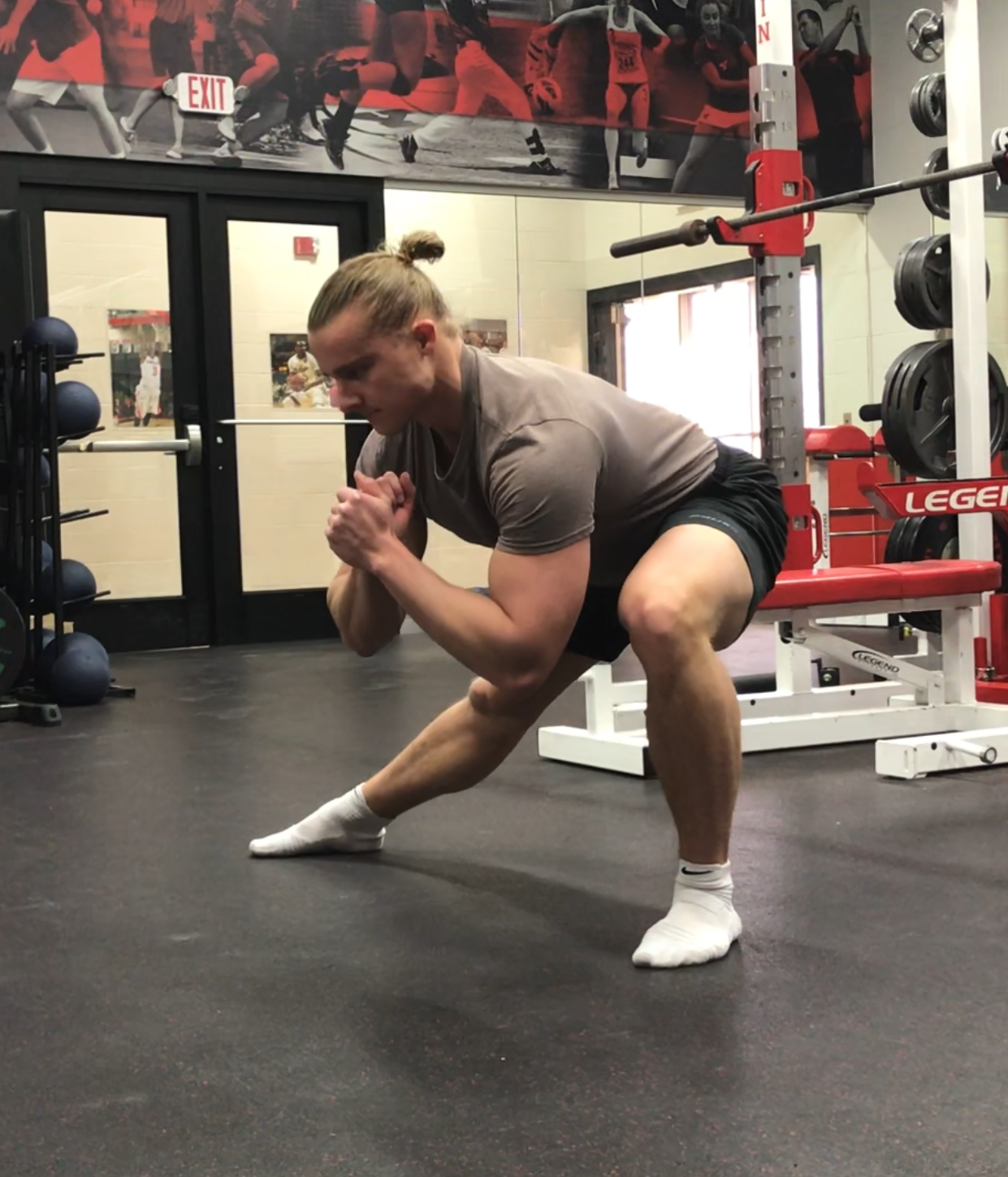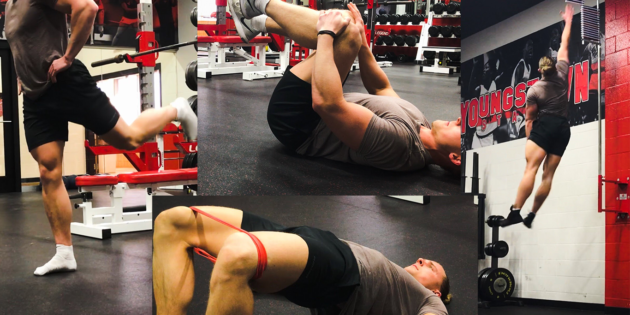In training, it’s always difficult to find the reason why a certain program was effective or ineffective.
This is because we don’t live in a vacuum. We are permeable membranes. Stress, lifestyle, recovery, and a hundred other things affect our results from the gym.
Maybe the reason you didn’t get stronger or jump higher was because of relationship issues, a food allergy, or you didn’t get quality sleep. I don’t know and you probably don’t know either.
We can’t find the one reason. But we can look for multiple reasons and do our best to take care of them.
One possibility could be Functional Leg Length Inequality (FLLI) – where the pelvis is tilted and rotated away from a neutral position, causing pain and a disturbance in normal biomechanics. In fact, one study documented how FLLI can impact vertical jump performance.
PELVIC ADJUSTMENT VS. STRETCHING
30 female university students (age ~23 years old) with an FLLI of more than 10 mm between legs were separated into two groups:
- Pelvic adjustment group (ADJUSTMENT)
- The pelvis was adjusted by a skilled practitioner using the High Velocity Low Amplitude (HVLA) technique 3-5 times.
- Control group (STRETCHING)
- These subjects took 15 minutes to stretch the backbone erector, rectus abdominis, iliac muscle, psoas major, quadriceps muscle, leg adductor, and quadratus lumborum in order to resolve muscular imbalances that could further the pelvic imbalance.
Subjects were tested before and after this protocol for:
- Leg Length Inequality
- Vertical Jump Height
GET ADJUSTED, INCREASE VERTICAL

Leg Length Inequality:
- ADJUSTMENT went from ~13.4 mm to ~5.1 mm (-8.3 mm)
- STRETCHING went from ~13.3 mm to ~11.1 mm (-2.2 mm)
Vertical Jump Height:
- ADJUSTMENT went from ~23.7 cm to ~27.3 cm (+3.6 cm)
- STRETCHING went from ~24.5 cm to ~25.0 cm (+0.5 cm)
Why did pelvic adjustment lead to increased vertical jump height? The researchers concluded that normalizing the pelvic positioning balanced the muscle lengths of the rectus femoris, sartorius, hamstring, and gluteus maximus. This allowed them to function normally, therefore increasing performance. Stretching doesn’t change the position, and therefore doesn’t lead to such drastic changes in fixing leg length and improving vertical jump.
WHAT YOU CAN DO
Barring a serious problem (in which you should see a licensed practitioner), you can make a lot of progress on your own with Muscle Energy Techniques.
Before training or competition, complete this Pelvis Normalization Warm-Up to allow for proper functioning of the legs (exercises are 3 reps of 5 sec. holds unless otherwise noted):
- Pelvis Reposition
- Lying Stability Ball Adduction
- Lying Band Abduction
- Lying Banded Glute Bridge
- Kneeling Stability Ball Adduction
- X-Band Walks (3 reps 5 steps each way)
- Pelvis Reposition
- Standing Glute Squeeze (20 sec. hold)
Out of the hundreds of reasons for a lack of performance gain, a Functional Leg Length Inequality might be one of them. Who knows, this series might increase your vertical a few inches.
If you liked this, check out the Vertical Jump Protocol, where these Pelvis Normalization techniques are implemented alongside French Contrast, Band Assisted Jumps, Concentric-Only, and other methods to maximize vertical jump gains.
Share on Facebook & Join the Conversation
REFERENCES
Gong, W. (2015). The influence of pevlic adjustment on vertical jump height in female university students with functional leg length inequality. Journal of Physical Therapy Science, 27(1), 251-3.







